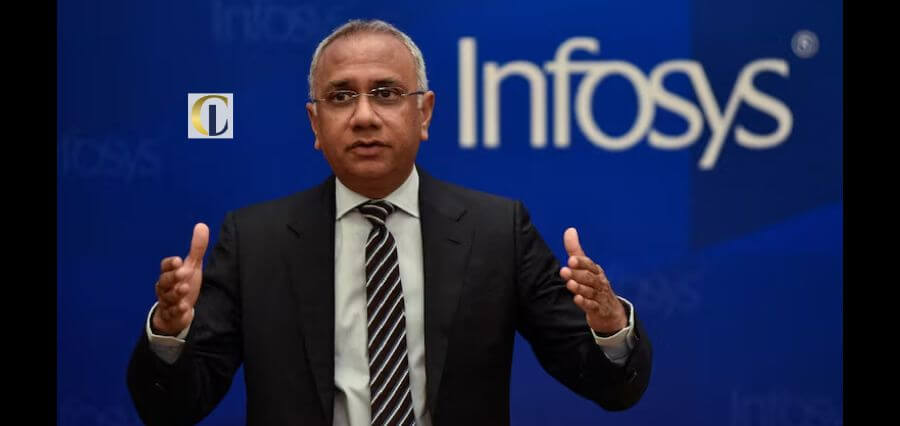Uncertainties on both the upside and downside are expected to impact the inflation trajectory in the future. The upward trend in world commodity prices, particularly crude oil prices
The Reserve Bank of India (RBI) has lowered its GDP growth forecast for fiscal year 2021-22 (FY22) to 9.5 percent from 10.5 percent previously. Consumer price inflation (CPI) is expected to be 5.1 percent in FY22, down from 5.2 percent previously anticipated (5.2 percent in Q1, 5.4 percent in Q2, 4.7 percent in Q3, and 5.3 percent in Q4), according to the central bank, with risks fairly balanced.
“Inflationary trends are likely to be moulded in the future by uncertainty on both the upside and downside. The RBI stated that “the rising trajectory of international commodity prices, particularly petroleum, as well as logistical costs, pose upside risks to the inflation outlook.”
“Rural demand remains strong, and the predicted normal monsoon bodes well for its continued buoyancy in the future,” he adds. However, the increased distribution of COVID-19 infections in rural areas poses a risk.”
The downward revision of GDP predictions follows the second wave of Covid infections that ground the Indian economy to a halt in recent weeks. The GDP growth projection is in line with previous forecasts from most major analysts and brokerages.
India’s GDP growth is expected to be 9.3% in FY22 and 7.9% in FY23, according to Moody’s.
“We forecast a drop in economic activity in the April-June quarter, followed by a rebound, resulting in real, inflation-adjusted GDP growth of 9.3% in fiscal year ending March 2022 and 7.9% in fiscal year 2022-23,” the report stated.
In May, the services PMI dipped to 46.1 from 54 in April, while the manufacturing PMI dropped to 50.8 from 55.5 in April. According to experts at Nomura, the May economic data reveals a greater impact on consumption and services, with manufacturing and exports remaining stable, and, more importantly, the hit during the second wave is much less than the first wave across-the-board.
“The bottoming of the mobility indices at the end of May, as well as the calibrated re-opening across states, shows that the worst is behind us, albeit growth will likely pick up in June.”
In a recent co-authored note with Aurodeep Nandi, Sonal Varma, managing director and chief India economist at Nomura, wrote, “We maintain our view that the hit to growth in Q2 will be a fraction of what occurred during the first wave (second wave hit of -3.8 percent q-o-q, versus first wave hit of -24.8 percent in Q2 2020) and also less than currently feared by consensus.”








